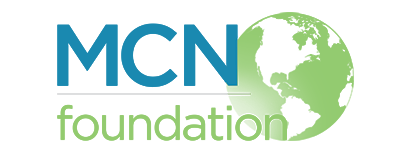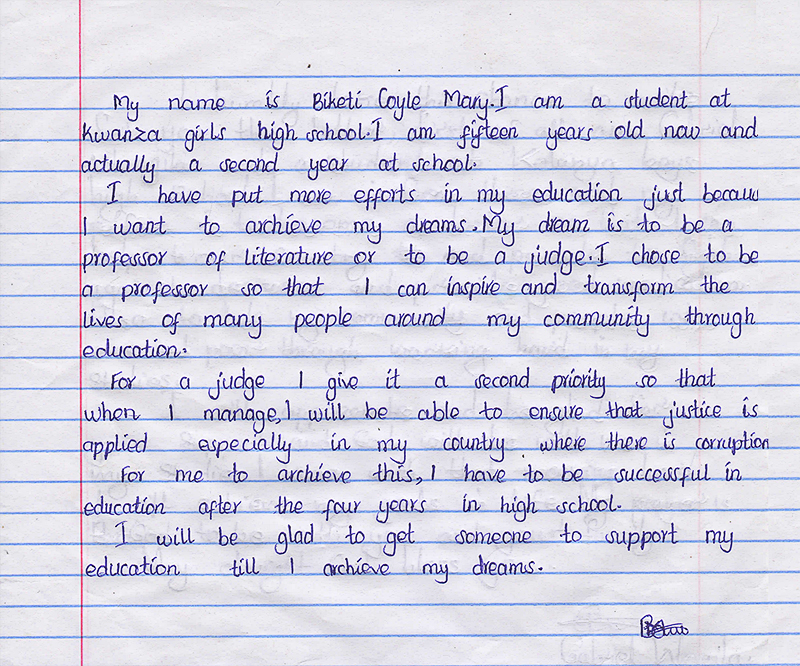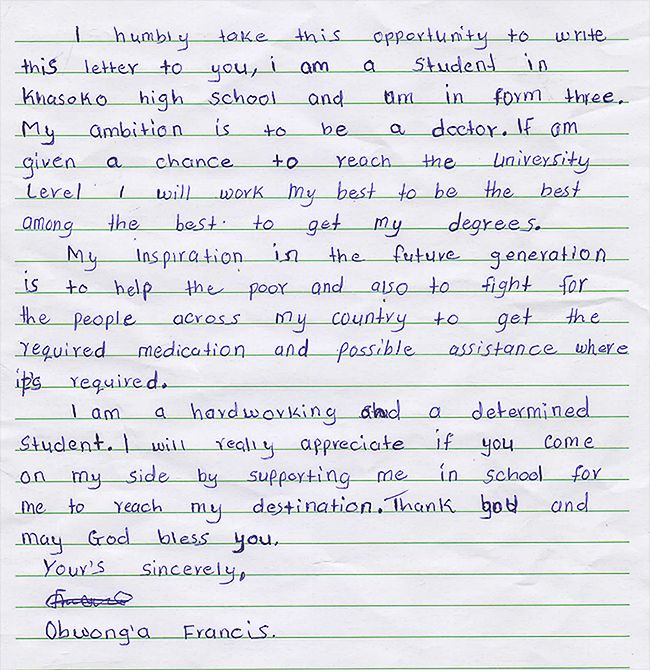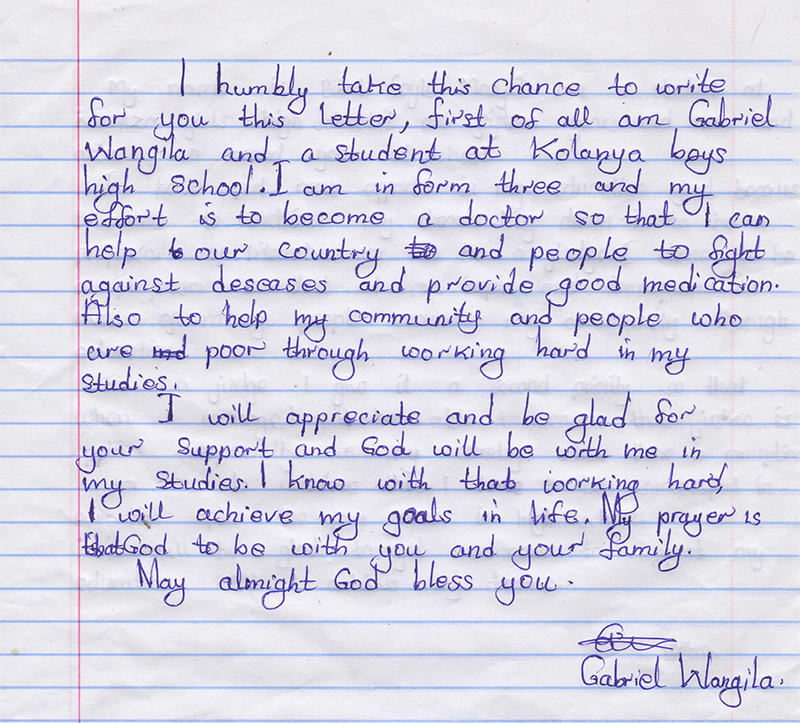givingtuesday all year! help to empower women and improve health around the world!- human trafficking – a form of modern slavery
Human trafficking – we hear about it on the news, it happens in other countries, not in the U.S. right? Wrong!
Human trafficking has been reported in every single state in the U.S. Human trafficking is a not only a violent crime but a public health concern that impacts everyone. According to the Office on Trafficking in Persons, “Human trafficking is a form of modern slavery. It occurs when a trafficker exploits a vulnerable victim with force, fraud, or coercion to make them perform commercial sex or work.”
There are two types of trafficking:
- Labor Trafficking – Individuals are compelled to work or provide services by force, fraud, or coercion.
- Sex Trafficking – Adults are compelled to engage in commercial sex by force, fraud, or coercion. Minors are compelled to perform a commercial sex act regardless of the presence of force, fraud, or coercion.
Frightening Statistics:
Of the 20.9 million victims of human trafficking globally:
- 68% are in forced labor
- 22% are sexually exploited
- 10% state-imposed forced labor
- 26% of them are children
- 55% are women and girls.
According to the U.S. State Department, 600,000 to 800,000 people are trafficked across international borders every year, of which 80% are female and half are children.
The International Labor Organization estimates that forced labor and human trafficking is a $150 billion industry worldwide. The U.S. Department of Labor has identified 139 goods from 75 countries made by forced and child labor. In 2016, an estimated 1 out of 6 endangered runaways reported to the National Center for Missing and Exploited Children were likely child sex trafficking victims.
The Office in Trafficking in Persons (OTIP) encourages everyone to know the signs and look beneath the surface when interacting with people in the community.
Victims are not limited to any class, religious, cultural, or ethnic group. The venues also vary from illicit markets to legal industries like hospitality, construction, or domestic services. Traffickers can be any gender or age — some are strangers, while others are friends or family.
Vulnerable Populations include:
- Individuals who have experienced childhood abuse or neglect
- Children involved in the foster care and juvenile justice systems
- Runaway and homeless youth
- Native Americans, Native Hawaiians, and Pacific Islanders
- Victims of violence
- Lesbian, Gay, Bisexual, Transgender, and Questioning (LGBTQ) individuals
- Migrant workers
- Undocumented immigrants
- Racial and ethnic minorities
- People with disabilities
- People with low incomes
- Those with a history of substance abuse
- Those communities exposed to intergenerational trauma
The Polaris Project identifies the following potential red flags and indicators of human trafficking:
- Common Work and Living Conditions: The individual(s) in question
- Is not free to leave or come and go as he/she wishes
- Is under 18 and is providing commercial sex acts
- Is in the commercial sex industry and has a pimp / manager
- Is unpaid, paid very little, or paid only through tips
- Works excessively long and/or unusual hours
- Is not allowed breaks or suffers under unusual restrictions at work
- Owes a large debt and is unable to pay it off
- Was recruited through false promises concerning the nature and conditions of his/her work
- High security measures exist in the work and/or living locations (e.g. opaque windows, boarded up windows, bars on windows, barbed wire, security cameras, etc.)
- Poor Mental Health or Abnormal Behavior
- Is fearful, anxious, depressed, submissive, tense, or nervous/paranoid
- Exhibits unusually fearful or anxious behavior after bringing up law enforcement
- Avoids eye contact
- Poor Physical Health
- Lacks health care
- Appears malnourished
- Shows signs of physical and/or sexual abuse, physical restraint, confinement, or torture
- Lack of Control
- Has few or no personal possessions
- Is not in control of his/her own money, no financial records, or bank account
- Is not in control of his/her own identification documents (ID or passport)
- Is not allowed or able to speak for themselves (a third party may insist on being present and/or translating)
- Other
- Claims of just visiting and inability to clarify where he/she is staying/address
- Lack of knowledge of whereabouts and/or do not know what city he/she is in
- Loss of sense of time
- Has numerous inconsistencies in his/her story
Since 2001, HHS has helped over 8,543 victims of human trafficking and their family members with case management services. Furthermore, a recent study interviewed foreign national survivors of trafficking to see how many of them encountered health care professionals while they were being trafficked. Fifty percent reported encounters with a health care professional while they were being trafficked, yet none of them were identified as victims. In the referenced study, 39% of victims had contact with ER and 29% had contact with Primary Care.
Recently, San Francisco-based Dignity Health published information on its Human Trafficking Response Program to help hospitals and health systems implement similar programs. Dignity Health states that the goal of this program is to ensure trafficked persons are identified in the health care setting and appropriately assisted with victim-centered, trauma-informed care and services. The Response Program contains educational modules and victim response procedures that engage not only hospital staff and physicians, but also first responders and the community to build a strong multi-agency resource network to prevent exploitation, support trafficked persons and empower survivors.
We must empower healthcare providers and the general public to identify victims of human trafficking and connect those victims with services. Call the National Human Trafficking Hotline at 888-373-7888.
References
United States of America, Department of State, Trafficking in Persons Report June 2016
United States Department of Homeland Security – Blue Campaign
Healthcare Professional Resources
Office on Trafficking in Persons Training
Office on Trafficking in Persons Resources
Health Care Provider Assessment Card
Social Services Brochure – Also available in Chinese, Indonesian, Korean, Spanish, Thai, and Vietnamese
Child Exploitation Poster – Also available in Indonesian, Korean, Spanish, Thai, and Vietnamese
Social Service Poster – Also available in Chinese, Indonesian, Korean, Spanish, Thai, and Vietnamese
ILO 2012 Global Estimate of Forced Labor Executive Summary
World Health Organization – Human Trafficking
MCN Foundation is committed to improving access to healthcare information and education, globally, through MCN Learning. We are providing links to free courses and resources for healthcare providers as well as the general public every month on the anniversary of GivingTuesday.
MCN Foundation is committed to improving women and children’s health; become a member of our team by making a donation today! Your donation will provide much needed education to empower women to take care of themselves and others. MCN Learning will match all donations making your contribution go twice as far.
We THANK YOU for empowering women around the world!





